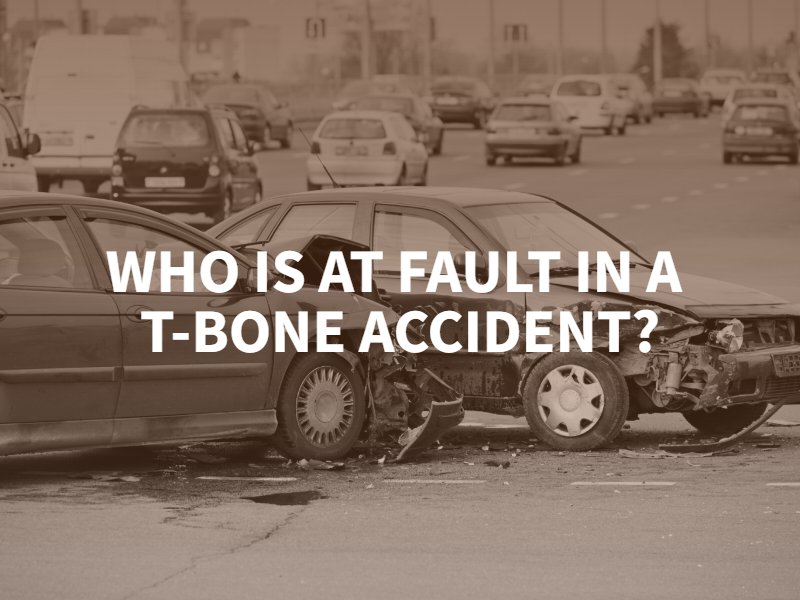Who is At Fault in a T-Bone Accident?
Posted in Car accidents on February 25, 2022
T-bone accidents can be devastating. These incidents can lead to significant injuries and extensive property damage for residents and visitors in Tennessee. Determining fault after a T-bone accident can be a challenge, but it is necessary. Crash victims deserve compensation for their medical bills and property damage expenses. Here, we want to discuss how fault is determined after a T-bone crash in Tennessee.

Fault is not Always Evident in a T-Bone Collision
When we talk about rear-end collisions, it is not too difficult to pinpoint fault. In these situations, the rear driver is usually the one who caused the incident. However, there is no concrete answer for who is at fault after a T-bone accident occurs. In fact, T-bone collisions occur in a variety of ways, which means there could be multiple parties at fault. There will need to be extensive investigations into each incident to determine who pays compensation to the other parties involved.
Some of the ways that T-bone incidents occur in Nashville include the following common scenarios:
- A driver fails to stop at a stoplight or stop sign. When this occurs, this significantly increases the chance that the driver will enter into the path of a vehicle going the other direction (a perpendicular crash, aka, T-bone collision).
- A driver pulls out of a parking lot, driveway, or alley into the path of vehicles that have the right of way on the roadway already.
- A driver turns left at an intersection against a vehicle that has the right of way. This could lead to a major T-bone collision in the intersection.
This is certainly not a complete list of the ways that T-bone collisions occur, but one thing does typically stand out in most perpendicular collisions – they are caused by one driver failing to yield the right of way to other drivers on the roadway. When a driver fails to yield the right of way and causes a crash, they will typically be held liable for the incident.
However, there are various scenarios where more than one driver could be at fault for a T-bone collision. For example, if drivers are distracted by phones, operating while impaired by alcohol or drugs, or operating while fatigued behind the wheel, this could also contribute to a T-bone collision.
Tennessee Uses a Fault-Based System, but Partial Liability can Affect a Claim
The state of Tennessee operates under a fault-based collision system. This means that individuals can recover compensation from an at-fault driver’s insurance carrier or personal assets after an incident occurs. That is why determining fault after a Tennessee T-bone collision is so important. After the fault is determined, crash victims will pursue compensation.
However, if more than one party is at fault for an incident, Tennessee uses a “modified comparative negligence” system. Under this type of fault system, individuals can still recover compensation even if they are partially at fault, so long as their fault does not equal or exceed 51%. Individuals who are less than 51% responsible for a T-bone collision can recover compensation, though the total amount they receive will be reduced based on their percentage of fault.




